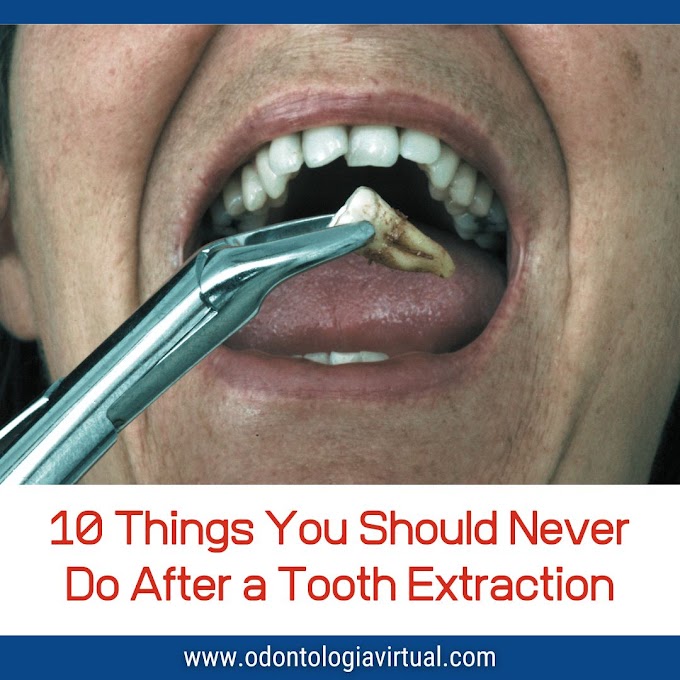Third molars, commonly referred to as wisdom teeth, are the last permanent teeth to erupt in the oral cavity—usually appearing between the ages of 17 and 25.
While some individuals never develop them, others may have one, two, three, or all four wisdom teeth.
Their late eruption, combined with limited space in the modern human jaw, makes these teeth particularly prone to complications.
In clinical practice, the third molars are among the most frequently extracted teeth, not only because of active pathologies but also as a preventive measure.
Their location at the back of the mouth makes them difficult to clean and monitor, increasing the risk of dental caries, periodontal issues, and other complications that can affect overall oral health.
Moreover, impacted or malpositioned wisdom teeth can cause pain, crowding, cyst formation, and damage to adjacent teeth.
► DENTAL BOOK: Extraction of Third Molars - Easy Simple Safe Efficient Minimally Invasive & Atraumatic - 2018
Because of these risks, dental professionals often evaluate their presence early—especially in adolescence and early adulthood—to determine whether removal is indicated.
In this article, we explore the 10 most common clinical reasons for third molar extraction, providing insights for both dental professionals and patients seeking to understand why wisdom teeth may need to be removed even in the absence of symptoms.
1. Lack of Space in the Dental Arch
One of the most frequent reasons. Due to evolutionary changes, modern jaws are often too small to accommodate third molars. As a result, these teeth may not erupt properly, leading to crowding, especially in the lower incisors.
2. Partial or Complete Impaction
Many third molars remain impacted, meaning they are trapped beneath the gums or jawbone. This situation can lead to inflammation, pain, and the development of cysts or infections if left untreated.
3. Pericoronitis
Partially erupted wisdom teeth can leave a gum flap that easily traps bacteria and food debris. This can lead to pericoronitis, a painful inflammatory condition that may also cause bad breath, swelling, and restricted mouth opening.
4. Cavities and Periodontal Disease
Due to their posterior position and difficult access, wisdom teeth are more susceptible to decay and gum disease. They are often poorly cleaned, which can lead to deep carious lesions or periodontitis that may also affect neighboring teeth.
5. Cyst or Tumor Formation
Impacted third molars can be associated with dentigerous cysts or, more rarely, benign tumors. These pathologies often go unnoticed without radiographic evaluation and may cause bone damage or tooth displacement.
6. Damage to the Second Molar
An impacted wisdom tooth may exert pressure on the adjacent second molar, leading to root resorption or loss of periodontal support. This can compromise an otherwise healthy tooth.
7. Persistent Pain or Discomfort
Wisdom teeth may cause chronic jaw pain, radiating discomfort in the ear or head, and even muscle fatigue due to pressure and misalignment. These symptoms can persist even in the absence of overt infection.
8. Orthodontic Indications
In many orthodontic cases, wisdom teeth are removed to prevent relapse, crowding, or interference with the final alignment of teeth. Their removal can also assist in maintaining long-term stability after orthodontic treatment.
9. Soft Tissue Trauma
Wisdom teeth that erupt partially or in the wrong position may irritate the cheek or tongue, leading to chronic ulcers, biting injuries, or discomfort while chewing.
10. Prosthetic or Surgical Planning
Before placing dentures, implants, or conducting complex oral surgeries, third molar extraction may be necessary to avoid anatomical complications or post-operative issues.
Are All Wisdom Teeth Meant to Be Removed?
Not necessarily. Some third molars erupt fully, align properly, and remain healthy and functional. In such cases, no intervention is needed beyond routine monitoring.
Each case must be individually evaluated by the dental professional through clinical and radiographic exams.
Conclusion
Wisdom tooth extraction is a preventive and therapeutic procedure that should be personalized.
Dentists must assess factors such as impaction, infection risk, orthodontic needs, and patient age to make an informed decision.
Early detection and professional evaluation are key to avoiding future complications.












